Content:
Cucumber in the beds of the Urals is an overseas, tropical guest. Once upon a time, he arrived in Europe from distant hot India, where it still grows in the wild. The green vegetable settled in Russian gardens, took root, charmed with its taste and captivated people forever.
Since early spring, each of the Ural gardeners who have at least one hundred square meters of land grows crispy, tasty green fruits for their table. At the same time, they are often puzzled by the question - how to get the largest possible harvest in this harsh land, where summer is short and frosts can ruin the entire future harvest in the bud? How to correctly determine the timing of planting and protect plants from recurrent frosts?
Cucumbers for seedlings: when to plant in the Urals
To determine the timing of planting cucumbers in the Urals, you need:
- turn to the lunar calendar;
- assess climatic conditions;
- will turn to the experience of those gardeners who have long and successfully cultivated this crop in local conditions.
The most comfortable temperature for cucumbers is 23-27 degrees Celsius during the day and 16-18 at night. At temperatures below 10 degrees, plants simply stop growing and developing. If the air temperature is kept below 5 degrees Celsius for a long time, the cucumbers may simply die.
Polycarbonate in the greenhouse and a manure bed make it much easier for us to keep warm for growing cucumbers, but even under such conditions, you should not risk planting seedlings early.
The answer to the question of when and how to plant cucumbers in the Urals can be found if you think about how to get around not very favorable climatic conditions and significantly extend the growing season of the plant.
At the same time, there is only one obvious way out: in order to protect seedlings and grow a good harvest, it is necessary to sow and grow cucumbers through seedlings.
It should be remembered that the probability of frost return in the region is very high until June 10. This means that it is not worth risking planting seedlings in open ground before this time. And May in the Urals is generally a month of continuous surprises - it can stand up to thirty degrees of heat for several days in a row, and then cover it with a snowstorm or hit the frost down to minus 10 degrees. You can’t trust the capricious and changeable weather in the Urals.
The best and strongest seedling for planting is three weeks old, in the phase of two or three true leaves. This means that three weeks should be taken away from the estimated time for planting seedlings and about seven more days for the time from sowing to shoots. Conditionally, it turns out that you need to sow cucumbers no more than a month before planting in the ground. It remains to find in the lunar calendar the day most suitable for sowing cucumbers, as close as possible to this date.
Planting seeds for seedlings, care and planting in the soil
Now, having decided on the timing of when to plant cucumbers in the Urals, we can talk about how to properly sow and care, plant in the soil.
You can sow in:
- plastic or wooden boxes;
- disposable plastic cups;
- peat pots.
There are no restrictions on this issue, so you can act in accordance with your preferences and capabilities.
Most gardeners are inclined to believe that no one has come up with anything better than peat pots, because the cucumber is a capricious plant, it really does not like transplanting. Sowing and growing seedlings in peat pots is not a big deal, and planting in the soil becomes even easier. At the same time, the seedling takes root in a peat pot painlessly and quickly.
The good thing about a peat pot is that it can be planted in the ground along with the plant, without damaging the root system at all.
Sowing cucumbers for seedlings is done as follows:
- An awl is used to make several holes in the bottom of each pot. This will be a drain to drain excess water. In addition, through these holes, the roots of the grown plant will be able to freely penetrate into the soil in the future.
- The pots are filled with fertile soil, light, crumbly, containing turf and humus. The soil is pre-spilled with a strong solution of potassium permanganate for disinfection. The pots are placed in a tray to maintain stability and collect excess water when watering. It should not be forgotten that the pot must not be completely filled with soil, leaving a place for watering.
- Seeds are sown to a depth of 1.5-2 centimeters, two in each pot. Pour it over with warm water and put it in a warm and very bright place. This method of planting avoids an empty pot if the seed is not similar. Subsequently, the gardener will have to choose the stronger and healthier from the two emerging plants, simply by removing the second cucumber sprout.
- To prevent the seedlings from stretching, very good lighting is needed. It should be moderately warm - 18-23 degrees during the day and 15-16 at night. Moderate watering will be required, which does not allow the earthen coma to dry out completely, but does not cause stagnant water. In addition, during hot hours it is permissible to moisten the seedlings from the sprayer.
- It is also important that air flows to the roots of the plant, which means that the surface of the soil in the cup must be carefully loosened, trying not to damage the roots.
Planting such seedlings in the ground is easy and simple. Wells are prepared a little larger than a glass, well spilled with warm water. A glass with a plant is placed in a hole 3-5 cm below the soil level and covered with earth. You can make neat notches on the cup with a sharp knife to make it easier for the roots to penetrate from the cup directly into the ground. You need to plant cucumbers in a permanent place at a distance of 25 centimeters from each other. The roots will not intertwine and the plants will yield higher yields.
Further care and advice from experienced gardeners
Further care for cucumbers is carried out exactly as in any other region:
- timely watering;
- loosening and weeding as needed;
- garter on a trellis and plant formation, depending on the variety, pinching and blinding;
- regular collection of zelents;
- top dressing as needed.
When and how to plant cucumbers for seedlings in the Urals, each gardener decides for himself, relying on his own growing conditions. Many are inclined to believe that they cannot do without a greenhouse, and preferably with heating. Others quietly plant in the old fashioned way, in a dung bed, and achieve excellent results. At the same time, knowing full well that this garden is a mini-greenhouse, with natural heating.
Still others grow early cucumbers in a very high mini-bed made of a two-hundred-liter barrel filled with compost and fertile soil. This method allows the ground to warm up quickly in spring, requiring only a small piece of greenhouse film for cover.
However, the experience of many Ural gardeners unambiguously says that growing cucumbers in the open field also allows you to harvest a good harvest if you plant the seedlings correctly and plant them on time.
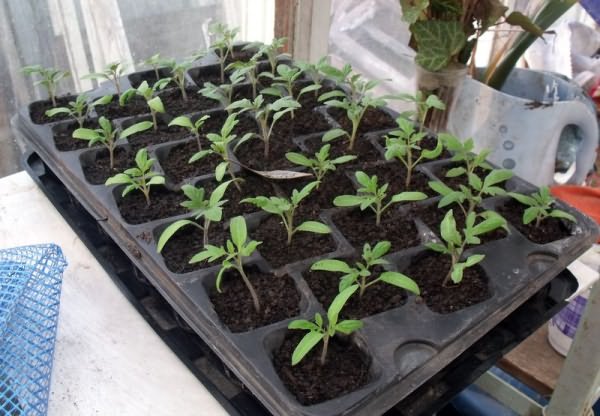

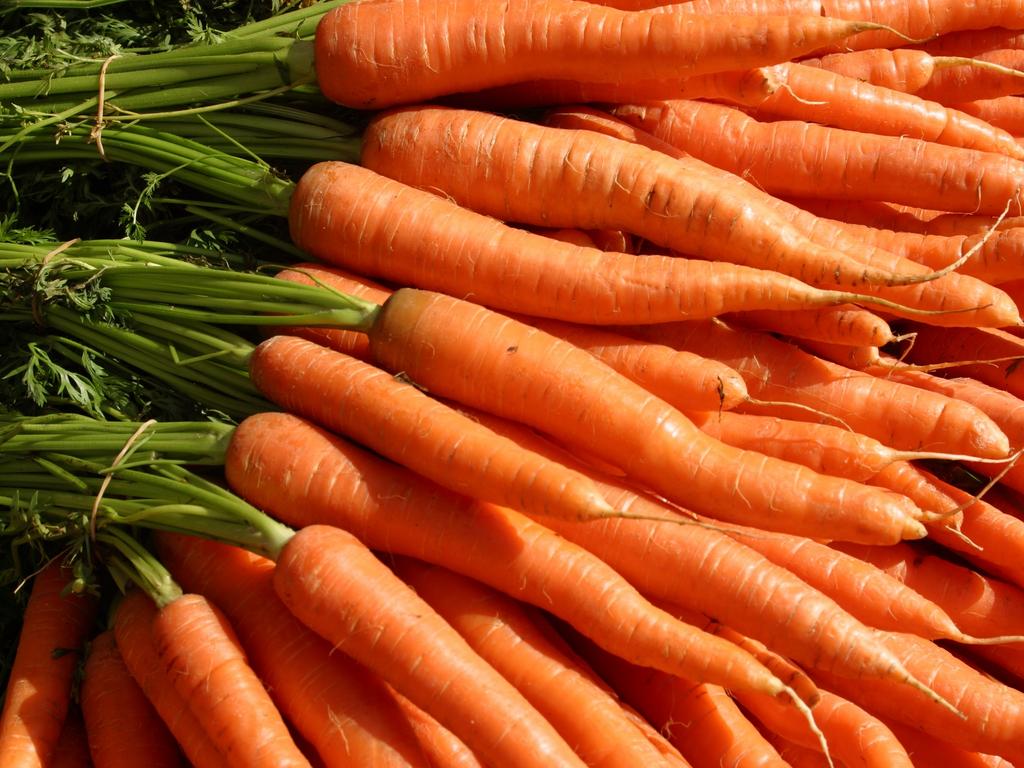
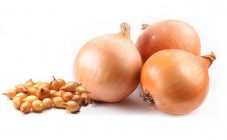
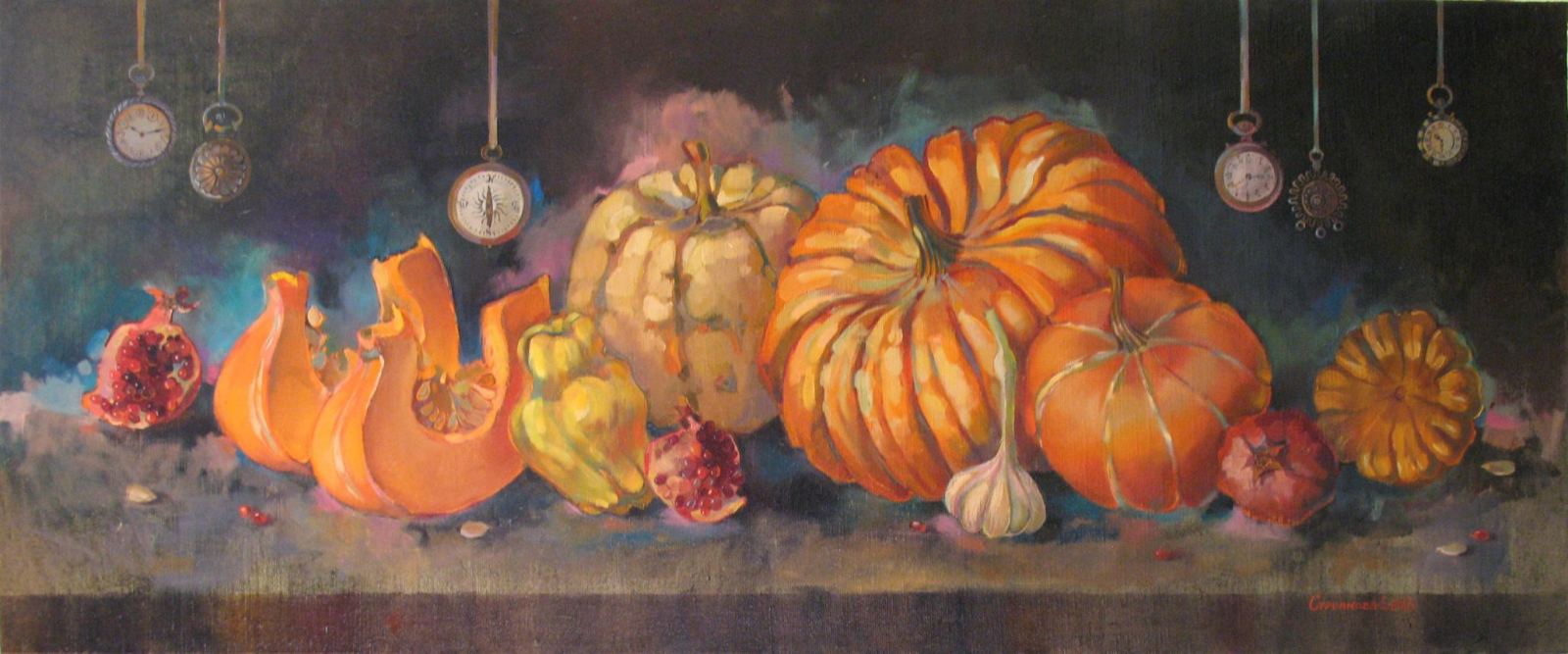
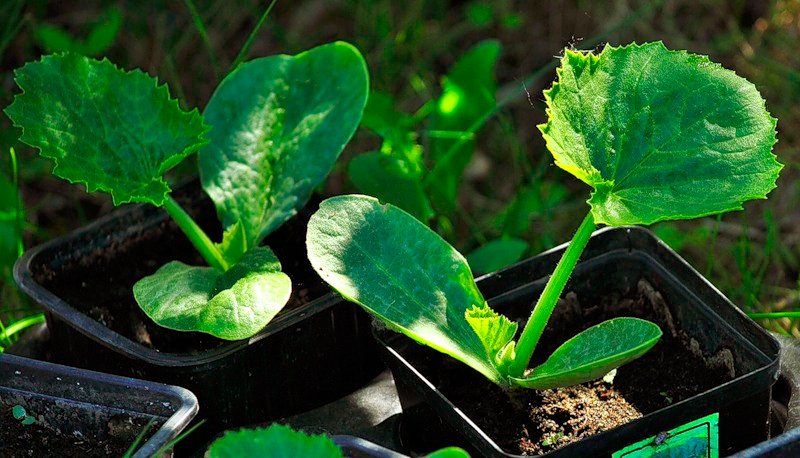
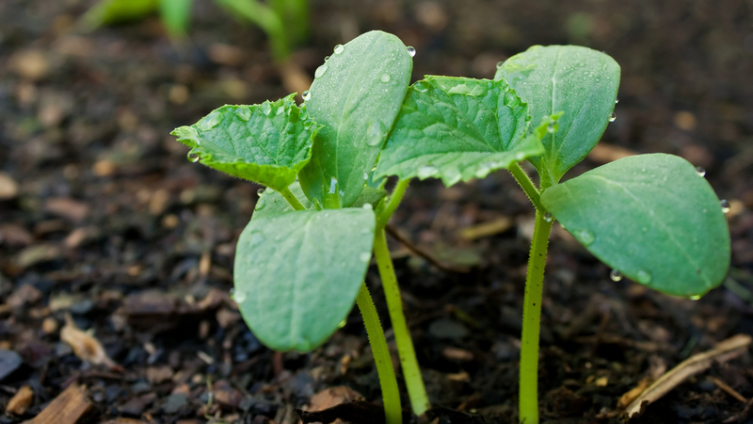








It is impossible to read the material! Advertising covers everything. Just awful!